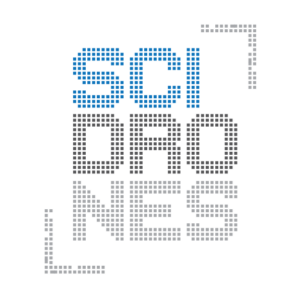Scidrones

The SciDrones team is the result of eight years of shared research collaboration at the University of the Aegean. In 2014, Apostolos and Kostas established the Marine Remote Sensing Group with the aim of using cutting-edge technologies, such as UAVs (Unmanned Aerial Vehicles), for mapping and monitoring environmental phenomena in coastal areas. In 2020, with the addition of Argyris to the team, the idea of founding a spin-off company began to emerge. The goal was to transform research experience and knowledge into innovative products related to advanced technology and foster new entrepreneurship in the North Aegean.
The problem we solve is the surveillance of the HEDNO S.A. (Hellenic Electricity Distribution Network Operator) medium-voltage network using UAVs and cloud technologies. The Proof of Concept (PoC) was implemented with the participation of the HEDNO Lesvos branch in the Polichnitos area, in the south-central part of the island. Before the creation of our product, named EMERGE, information regarding this network and its surveillance existed only in an analog format. This was a significant weakness, hindering the effective and cost-efficient monitoring and surveillance of the network by HEDNO services.
The solution we offer is an online cloud-based web platform that integrates all the necessary information for the network manager, derived from data collected by Unmanned Aerial Systems. The information contained in the EMERGE web platform digitally visualizes HEDNO's medium-voltage network using very high-resolution data obtained from mapping and surveillance via appropriately selected drone sensors. Furthermore, EMERGE allows users to perform queries to search the historical status, changes, and faults of the network, projecting this information onto digital maps for better oversight.
The platform is accessible via mobile, tablet, or personal computer, and its use requires no specialized training. As part of our collaboration with the HEDNO Lesvos branch during the PoC, all existing information was digitally mapped for a selected 13.5-kilometer segment of the medium-voltage network.
Challenges and Mitigation:
- The lack of digital data or any digital information regarding the network and its condition.
- The difficulty in tracing historical changes implemented in the network.
- The absence of distinct steps and requirements for a surveillance protocol.
- The terrain of the study area, with significant elevation differences and diversity in network structures.
- Technical issues related to the optimal use and display of data and their adaptation to HEDNO's users and needs.
To resolve the first two problems, the SciDrones team analyzed historical data in collaboration with HEDNO. We then designed and created a custom-adapted database and digitized all the relevant information. The third and fourth problems were addressed by constructing a new data collection protocol using UAVs, tailored to the medium-voltage network and its specific characteristics. Finally, to tackle the last issue, the EMERGE web platform was implemented using cloud computing technologies and adapted to HEDNO's needs.
Our participation in the program was highly significant as it served as the springboard for the study and creation of a new product that our company lacked the available resources to implement. The program helped us prove that the solution we had envisioned two years ago is feasible and can satisfy the needs of our target customers. Without this funding and support, we would not have proceeded with the immediate implementation of our idea and the creation of a new innovative product for our company. Our participation in the Science Agora PoC and its results exceeded all our expectations. We thank everyone who helped us bring the EMERGE idea to this stage of implementation.


